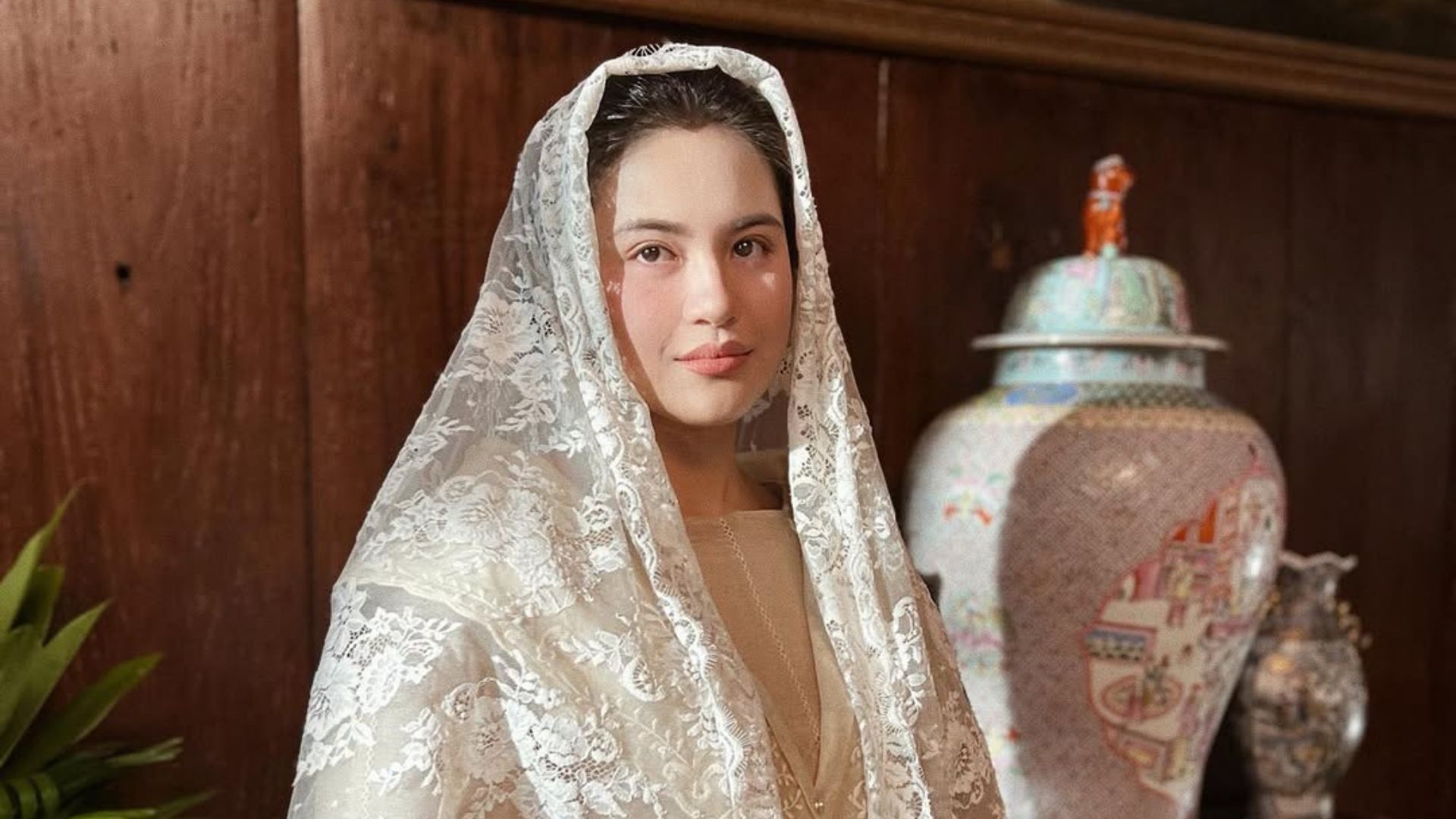The “ternong damit” has long been a fashion statement in the Philippines. From the past generations to the present, it has never gone out of style. This iconic fashion piece is also a symbol of cultural elegance and Filipino identity.
More than just a beautiful garment, this is a visual representation of Filipino culture, heritage, and resilience. With its distinct designs and structured silhouette, it has transcended generations, symbolizing grace, strength, and a deep-rooted national identity. From its colonial influences to modern reinventions, this continues to evolve—remaining a proud emblem of the Philippines.
A Glimpse Of History
The word “terno” originated in Spain and means “to match” or “a set”; this originally referred to a matching set of clothes during the Spanish colonial era. Over time, it came to define a particular style of women’s dress in the Philippines, especially during the 18th and early 19th centuries.
During the Spanish colonial era Filipinas wore plain wrap-around skirts (saya) fashioned out of opaque plaid or striped cotton and sinamay varieties (a kind of fabric) and the baro (blouse) fashioned out of sheer lace fabrics. And it later evolved when the American colonial era took place.
During the American colonial period, this symbol of fashion gained popularity among Filipino women as a formal dress for public and social functions. It became an identity of class, sophistication, and national pride, especially during the early days of the Philippine Republic.
Derived from the traditional baro’t saya, this has become a refined and unified garment characterized by its floor-length skirt, structured bodice, and, most distinctively, its butterfly sleeves.
The Ternong Damit and Its National Identity

Over the years, the known trend, up until now, made a huge mark in becoming a national symbol not just by its appearance and grace but also of its Filipino women’s representation and evolving identity.
It was worn by some of the country’s most iconic women, including first ladies like Aurora Quezon, Imelda Marcos, and Pacencia Laurel and cultural icons such as Gabriela Silang, the first Filipino woman to lead the Philippine revolution, and Maria Clara in literature. These figures helped strengthen this fashion as a visual and emotional symbol of the nation’s history and values.
Even in times of political and social unrest, this was worn to express dignity and patriotism. During official events, it served not only as fashion but also as a visual statement of pride in being Filipino.
The Modern Era of “Ternong Damit”

In recent years, the “ternong damit” has evolved with time. A new generation of designers and fashion advocates has been breathing new life into these styles. They showcase modern interpretations of the traditional dress; it is experiencing a revival in popularity among young designers and fashion-forward Filipinas.
Fashion designers like Cary Santiago, Len Cabili, and Rajo Laurel have reimagined the “terno” in contemporary styles, combining it with modern fabrics, minimalist designs, and even streetwear influences.
Not just the women from the past took the initiative to have that pride in wearing this trend, but also the beauty queens of today. Pia Wurtzbach and Catriona Gray also have worn them on international stages, showcasing Filipino craftsmanship to the world. However, this style is not only seen on this icon but also in our everyday life. From our sleepwear, “pang-alis,” to even our simplest “pang-bahay.”
An Iconic Symbol That Endures
What makes the “ternong damit” so powerful is its timelessness. While it continues to adapt to modern sensibilities, it has not lost its essence. It is still a garment that celebrates Filipino identity, strength, and cultural pride.
In a world where fashion trends come and go, this fashion stands firm as a lasting emblem of what it means to be Filipino. Whether worn on Independence Day, at fashion runways, in cultural performances, or even on the simplest day, this carries with it the stories of the past and the hopes of the future.
This is more than fabric and form—it is history, artistry, and identity sewn into a single garment. It is a proud reminder that fashion can be both beautiful and deeply meaningful, especially when it reflects the spirit of a nation. It serves as proof that even the simplest clothing is more than enough to imprint a good and lasting memory in our history.









